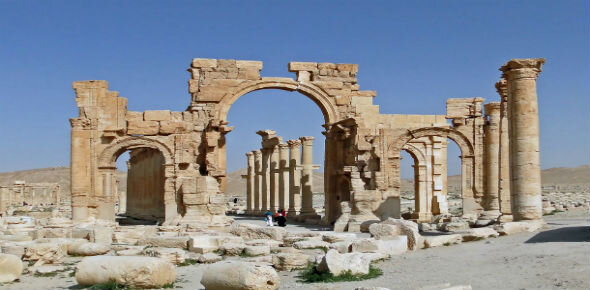ISIL and the Illicit Antiquities Trade
Abstract:As the Islamic State of Iraq and the Levant (ISIL) spreads across the Middle East and Africa, it continues to target the rich culture and history of the region. From the Nineveh Wall to Palmyra, ISIL has repeatedly drawn the ire of the international community through its indiscriminate destruction of ancient tombs, libraries, monuments, and cities. Drawing less attention, however, is ISIL’s involvement in both the excavation and trafficking of antiquities onto the licit market, which accounts for a significant source of revenue. The first section of the paper discusses ISIL’s level of involvement in the illicit trafficking of antiquities, as well as the monetary value associated with the trade. In the following sections, the paper examines recent literature on antiquities trafficking networks, particularly in Cambodia, in order to conceptualize ISIL’s operations in a theoretical framework. Through this analysis, the paper identifies some of the primary drivers of the illicit trade, the most significant being licit actors such as museums, auction houses, and private collectors. Finally, the paper investigates several cases in which the art community has entangled itself in the illicit trade and makes recommendations for minimizing that involvement, as well as recommendations for targeting the other stages of the trade.
